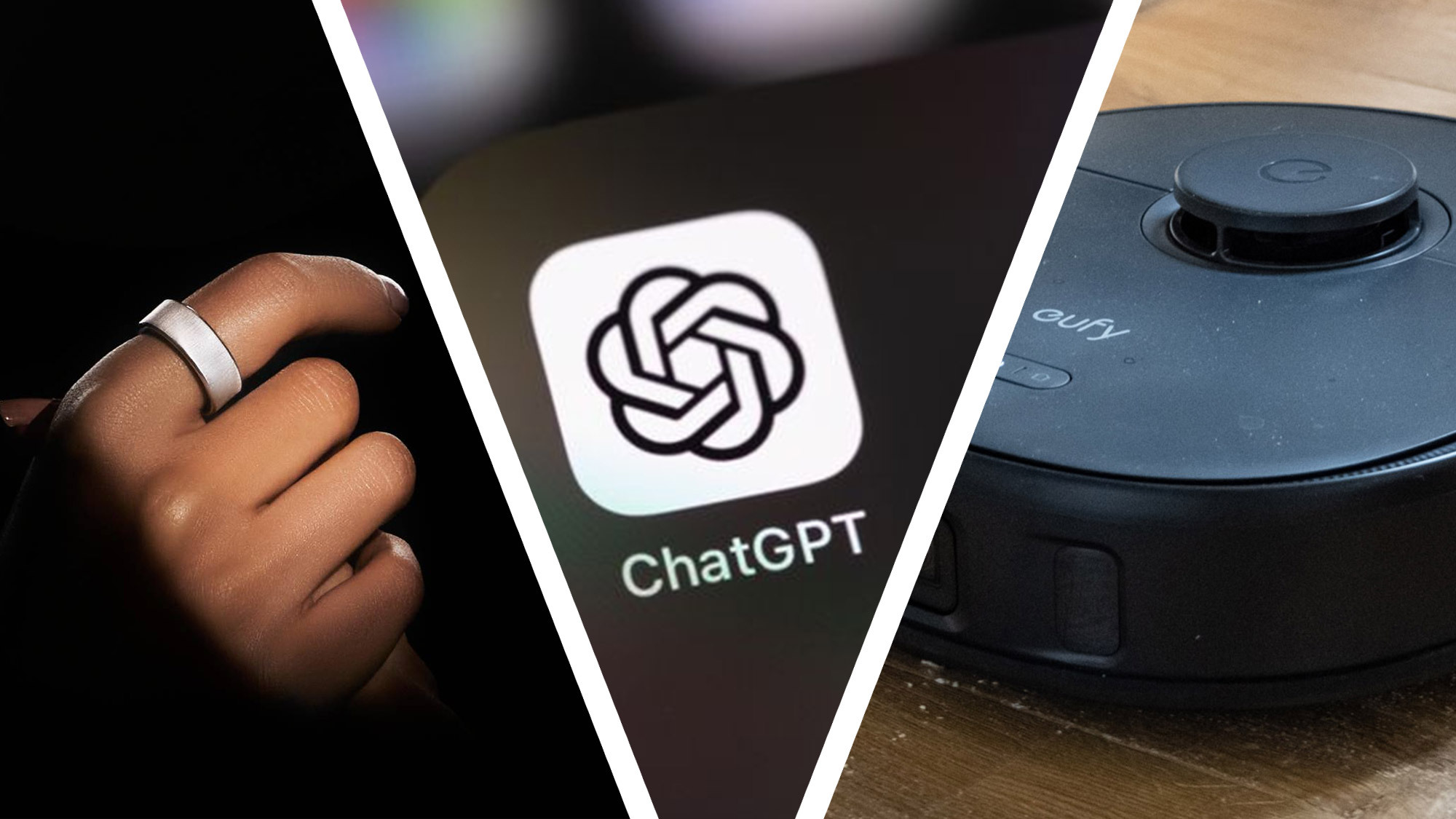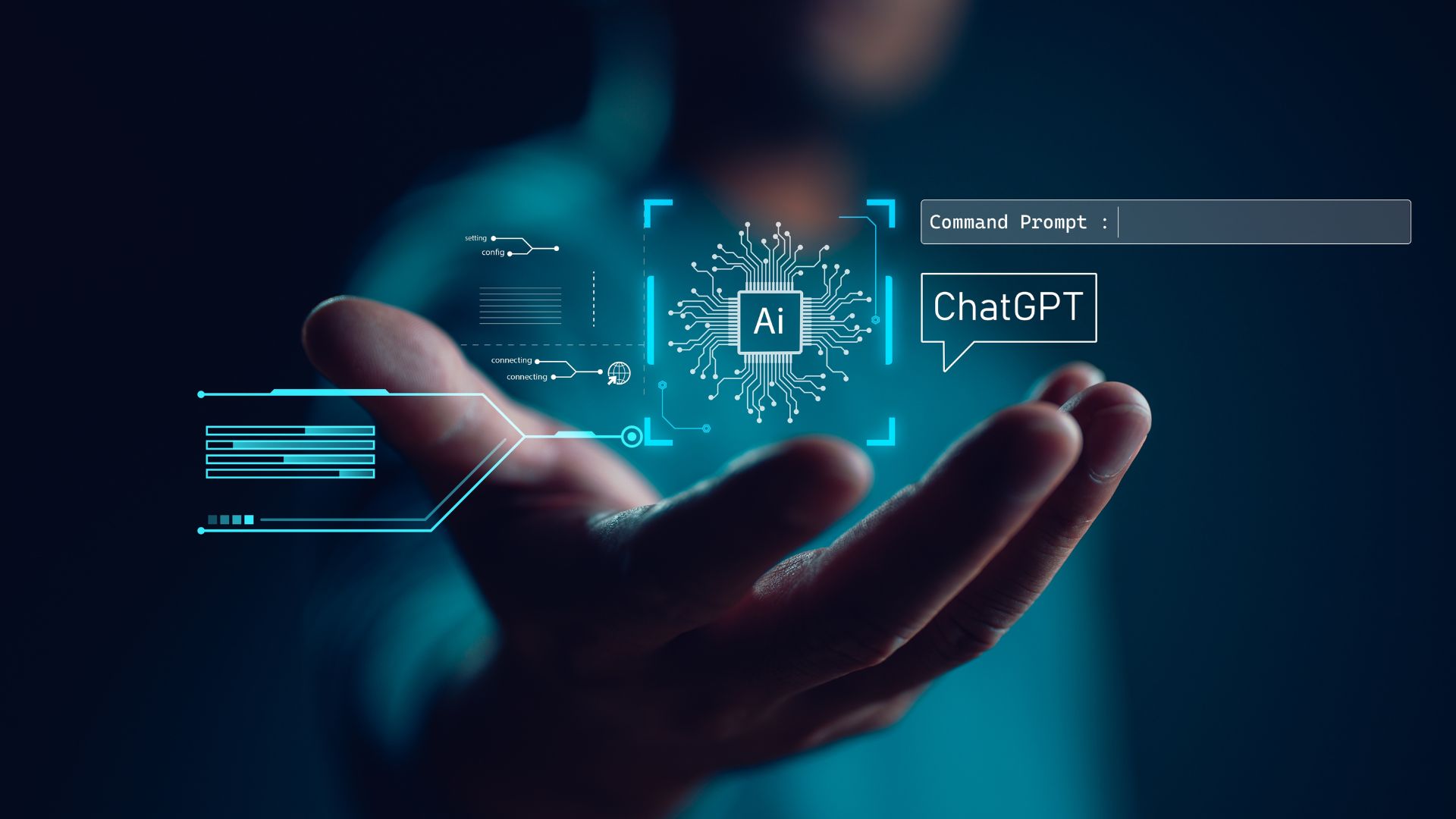Why is AI in everything these days? What you need to know about the world’s favorite buzzword
AI is the hottest word in tech – but is it really changing everything?

Look at your phone, fitness tracker, favorite apps, or smart home devices – AI is everywhere.
But AI itself isn’t new. Some form of it has been embedded into your everyday technology for years. What is new is how aggressively companies are marketing AI-powered features.
If you’ve been looking for new gadgets recently or following product launches at events like CES 2025, you’ve probably noticed a surge in AI branding. From toothbrushes to televisions, vacuums to video doorbells, and speakers to smartwatches, manufacturers are labeling everything as “AI-powered.”
But what does that actually mean? Are we witnessing real innovation, or is AI just the latest marketing buzzword designed to sell more products?

Unpacking the AI buzz
AI technologies have been around for decades, but recent breakthroughs have made them more powerful and practical – giving companies a real reason to integrate AI into more of their products.
At the same time, AI has also become a powerful marketing tool. Slapping an “AI-powered” label on a product generates excitement, attracts investors, and convinces consumers, like you and me, that a device is cutting-edge, "the next big thing," and worth spending our money on.
We’ve seen this happen before with buzzwords like “smart,” “metaverse,” and “cloud computing.” Yes, these terms do describe real technology, but they’re also so overused in marketing that they lose their meaning.
AI is no different. Some products genuinely benefit from AI-driven features, while others use the term vaguely to sound more advanced than they really are. And because AI sounds impressive, companies often don’t explain what’s actually happening behind the scenes.
Many people also associate AI with tools like ChatGPT or the way it’s portrayed in sci-fi movies, leading to the assumption that all AI works the same way. But in reality, AI isn’t really one thing – it’s a broad category that includes everything from simple automation to complex neural networks.
What actually is AI?
Like many tech terms, AI (artificial intelligence) is often used loosely – sometimes to describe cutting-edge breakthroughs, and sometimes just to make a product sound more advanced.
But AI isn’t a single technology. It’s best to think of it as an umbrella term for a range of systems that allow machines to process information, recognize patterns, and make decisions. It can mimic aspects of human intelligence, but it doesn’t actually "think" the way we do – at least not yet.

Some of the key types of AI tech
We won’t dive into every AI technology here because it’s complex – further proof that AI isn’t just one thing – but let’s break down some of the main types you’re likely to encounter when shopping for gadgets, choosing apps, or exploring new productivity tools.
Automation and rule-based (not really AI, but often marketed as AI):
Some systems labeled AI-powered are actually just basic automation. These follow fixed rules without learning or adapting. They can be useful but don’t improve or change over time like the other types below do.
Examples: Email spam filters, sorting emails, some chatbots, automated customer service replies, etc.
Machine Learning (ML):
AI that learns from data and improves its predictions over time. Instead of just following rules, it adapts based on new information.
Examples: Recommendations on the likes of Netflix and Spotify, search engine rankings, fraud detection, spam filtering, etc.
Deep learning:
A more advanced form of machine learning that uses many layers of neural networks to process large amounts of data. It’s behind AI that can recognize patterns in text, speech, and images.
Examples: Voice assistants (like Alexa and Siri), self-driving cars, medical imaging, advanced facial recognition, etc.
Large Language Models (LLMs):
A type of deep learning AI designed to process text and generate human-like text. Trained on huge amounts of text data, which allows them to (most of the time) understand context, generate responses, and assist with all sorts of tasks.
Examples: ChatGPT, Google Gemini, Claude AI, AI writing assistants, etc.
Natural Language Processing (NLP):
AI that understands and generates human language, making interactions feel more natural.
Examples: Voice assistants, Google Translate, AI transcription services, etc.
Computer vision:
AI that interprets and processes images or videos. It can "see" and recognize objects, faces, or even movements.
Examples: Facial recognition on your phone, smart security cameras, medical imaging, etc.
Predictive AI:
AI that analyzes past data to predict future outcomes by looking for patterns.
Examples: Weather forecasting, traffic predictions on map apps, stock market predictions, predictive text, etc.
Generative AI:
AI that creates new content, like text images, music, or video.
Examples: ChatGPT (text), Midjourney (art), etc.
Robotics:
AI and robotics are often linked or even used synonymously, but they’re not the same. It's best to think of robots as physical machines that can perform tasks, often with the help of sensors, cameras, or a set of instructions. Some robots do use AI inside them to navigate or adapt to their environment.
Examples: Self-driving cars, robotic vacuums, drones, etc.
These are just some examples – AI is evolving rapidly, and new applications emerge all the time. But knowing the basics helps you see past the marketing buzz.
Many companies don’t specify what kind of AI they’re using, so the label "AI-powered" could mean anything from a simple chatbot to a highly sophisticated learning model.
Also, AI technologies often work together. Many of the tools you already use – like ChatGPT or Spotify – combine multiple types of AI, such as machine learning, deep learning, predictive AI, and natural language processing.
Is AI actually useful?

That’s the big question – and the answer isn’t straightforward.
In some cases, AI personalizes and enhances experiences – like Spotify and Netflix, which use AI to recommend content based on your listening and watching habits. Or smart rings, like the Oura Ring 4 and the Samsung Galaxy Ring, which analyze sleep and health data to make personalized recommendations. AI also powers Google Maps and Waze, predicting traffic patterns to optimize routes.
Some products use AI for voice control and hands-free assistance, like Meta’s AI-powered smart glasses, which offer real-time translations. Or Alexa and Siri, which handle smart home tasks. In cars, AI assistants help with navigation and entertainment.
Other tech adds AI to improve a single key feature, like Sony earbuds, which use AI for adaptive noise cancellation, or smartphone cameras – like in the Google Pixel or iPhone – which enhance low-light photography. In gaming, NVIDIA’s DLSS AI upscaling boosts graphics performance without sacrificing speed.
But even when AI seems justified in all of the examples above, that doesn't mean it's new and may have simply been rebranded to fit with the trend of using AI in marketing. It also doesn't mean it's always necessary.
For example, if you're struggling with sleep, an AI-powered wearable might help you identify genuinely useful lifestyle adjustments. But that's totally subjective. Don't be swayed by tech just because it's got an AI label on it.
The key is to look past that label – if AI genuinely improves the product’s function, a function that you really need, then it’s a worthwhile addition. If not, it could just be a gimmick.

Why the words we use matter
Why does it matter if “AI” is used to describe everything from advanced neural networks to simple automation? For starters, being a savvier consumer helps you cut through the hype and save money.
Misleading AI marketing also creates unrealistic expectations – or unnecessary fears. When companies overpromise AI’s capabilities or fail to explain how it actually works, it makes it harder to have meaningful discussions about its real benefits and risks.
For example, should you trust an AI tool with your personal data? What about the environmental cost of training large AI models? These are important conversations, but they’re harder to have when “AI” is used as a vague catch-all term.
The more informed you are, the better decisions you can make about the tech you use every day.
You might also like
Get daily insight, inspiration and deals in your inbox
Sign up for breaking news, reviews, opinion, top tech deals, and more.
Becca is a contributor to TechRadar, a freelance journalist and author. She’s been writing about consumer tech and popular science for more than ten years, covering all kinds of topics, including why robots have eyes and whether we’ll experience the overview effect one day. She’s particularly interested in VR/AR, wearables, digital health, space tech and chatting to experts and academics about the future. She’s contributed to TechRadar, T3, Wired, New Scientist, The Guardian, Inverse and many more. Her first book, Screen Time, came out in January 2021 with Bonnier Books. She loves science-fiction, brutalist architecture, and spending too much time floating through space in virtual reality.
You must confirm your public display name before commenting
Please logout and then login again, you will then be prompted to enter your display name.
